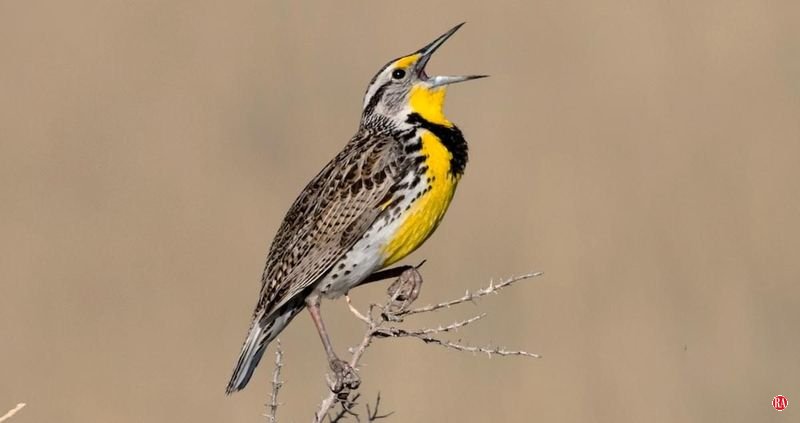[ad_1]

I’ve written recently about groups of birds that are doing well, such as waterfowl and woodpeckers. On the other end of the spectrum, from a Connecticut standpoint, are species known as grassland birds.
In a state naturally cloaked in forest, grassland is essentially farmland. Our farmland has been disappearing and along with it birds such as vesper sparrows and bobolinks. Near the top of the list of birds severely reduced in numbers is the eastern meadowlark.
When I moved here in the early 1990s, there were still a few places within minutes of Waterbury where I could go out after mid-March to listen for the sweet song of males returning to territories in hayfields. Now some of those hayfields are gone and some others no longer support a nesting population of these handsome birds.
A meadowlark stirred a lot of birder excitement this week, but not because of good news about our eastern species. A western meadowlark, a real rarity here, was found at Hammonasset Beach State Park in Madison. In keeping with meadowlark habits, it was easy to find, because it favored the wide-open short turf of the park’s Meigs Point parking field.
As sometimes happens these days, the bird’s true identity was figured on a computer screen rather than in person. A photo was posted on Facebook by someone who not surprisingly assumed it was an eastern meadowlark. The two species are very similar and there had only been about four previous records of western meadowlark in Connecticut.
Aidan Kiley, a sharp young birder from Fairfield, saw the photos, suspected it was a western and got the word out. Since then many photos and close observations have confirmed the subtle plumage differences pinning down the identification. The vocalizations of the two species are also quite different, but as far as I know this bird has been silent.
Western meadowlarks are widespread in their normal range, and are state birds of Kansas, Nebraska, Montana, Wyoming, North Dakota and Oregon. Like some other species widely shared as state birds, such as the cardinal and mockingbird, it is a conspicuous singer on its home range.
This one is a long way from home right now, but it will most likely find its way back to a more appropriate home territory.
Greg Hanisek writes “Nature.” Email him at ctgregh@gmail.com.

[ad_2]
